Jan Sas Zubrzycki (1860-1935)
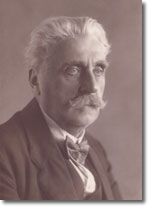 |
|
Jan Zubrzycki was a prolific architect who
in the course of his life designed some 40 churches and
25 other buildings in Galicia and Bukowina. Christened
“Joannes Carolus”, Jan Sas Zubrzycki was born
in Tluste on 25 June 1860 to parents Marcellus and Victoria.
His father was headmaster of the one-room school and had
the title of doctor. Marcellus, of Polish extraction,
died in 1880 and is buried in the old cemetery of Tovste. |
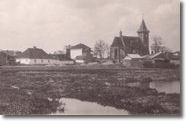
The family lived on the grounds of the schoolhouse, situated
at the southwest corner of the reservoir. Undoubtedly, the
young Zubrzycki would have been influenced by the architecture
to which he was exposed while growing up.
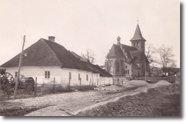 |
|
He lived within sight of the Roman Catholic
church which, in its original
design (that preceded the one pictured here), was
a rather austere building. A little further away, the
huge wooden structure that was the Greek
Catholic church dominated the Tluste skyline. Both
buildings would be the focus of his attentions later in
life. |
Notwithstanding the limited educational opportunities that
existed in eastern Galicia in his day (see also Life
and Times), Jan Zubrzycki was evidently one of the privileged
few who benefited from higher learning. He left Tluste to
study in the Lviv Polytechnic Institute and eventually found
himself in Krakow, where his architecture career began to
blossom.
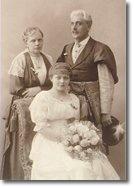 |
|
Zubrzycki also began a family there, but
in this respect he was not so fortunate. His first wife,
Luezi, died in 1890 from tuberculosis, and his only son
from the marriage, Ludomir, suffered a similar fate in
1909 when he was just 21.
Zubrzycki remarried, to Luezi’s younger sister Julia,
and together they had a daughter, Lucja, born in 1893
(pictured opposite). |
| While still living in Krakow, around 1911-12,
Zubrzycki returned to his birthplace where he oversaw
the construction of no fewer than four churches in the
area, beginning with Tluste’s modern Greek Catholic
church in 1912. Apparently, it was with reluctance on
his part that the old wooden structure was torn down,
in keeping with the wishes of the townspeople, in order
to make way for the new one of his design. Little did
they know that its construction would last nearly three
decades! |
|
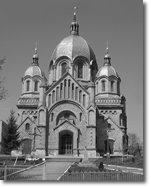 |
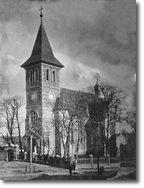 |
|
Around that time, Zubrzycki also oversaw
the complete transformation of Tluste’s Roman Catholic
church, adding a 26-meter high steeple that enhanced its
character tremendously.
One of his more ambitious works was the construction,
in 1918, of a massive Roman
Catholic cathedral in the town of Chortkiv, 18 km
north of Tluste. |
However, Zubrycki’s ingenuity was not reserved entirely
for architectural designs of such grand scale. One of his
last projects was the small Roman Catholic chapel in Rozanowka
village, two kilometres southwest of Tluste. Construction
of the lovely church was said to have been financed by a local
Jewish entrepreneur by the name of Steckler, since the villagers
were too poor to pay for it.
In 1913, during this period of intense
productivity, Zubrzycki moved from Krakow to Lviv, where
he became a professor at the Polytechnic Institute.
It was there that he captured his personal reflections
on Tluste in a monograph he published in 1923, the same
year that his second wife, Julia, died.
Written in Polish, the 54-page monograph offers unique
insights in the ancient history and architecture of
Tluste. Apart from being a valuable source of information
about its past, it serves as a lasting testament of
the author’s personal attachment to the town.
|
|
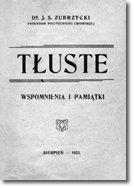 |
| |
|
|
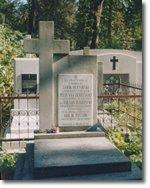 |
|
Jan Sas Zubrzycki died on 4 August 1935
and is buried with other family members in Lviv.
His legacy lies in the dozens of his architectural designs
throughout eastern Galicia that came to fruition and which
are still visible today.
A search on the internet reveals that his name appears
in dozens of scholarly works and articles, mostly written
in Polish, but some are from as far afield as Germany
and Belgium. |
In 2004, Zubrzycki's remarkable life’s work was honoured
with a display, in Poland, of many of his creations. The exposition
began in Krakow and was to have moved to Warsaw by the end
of that year.
If you would like offer to translate the Zubrzycki monograph
from Polish into English or to make resources available for
its translation, please drop me a line via the Feedback
page.
Sources:
Pawlyk, J. History of Tovste. Chortkiv, 2000; and pers. comm.
Tysson, J. pers. comm. 
|

